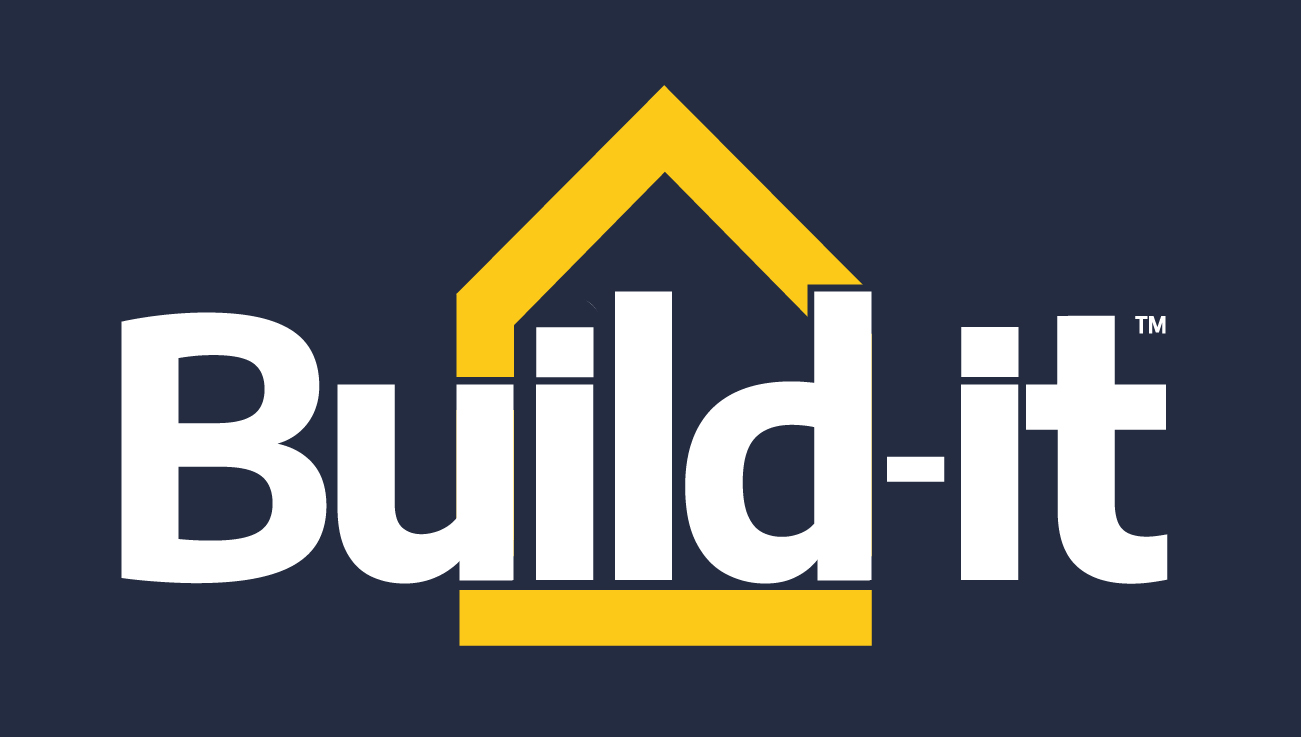Written by Hal Pawson, UNSW Sydney
The Albanese government can justly claim to have reasserted Commonwealth leadership on housing since its election in 2022. Media attention has focused mainly on the legislative stoush with the Greens over the Housing Australia Future Fund. But that’s only one element of a raft of initiatives from Canberra over this time.
Many Australians have recently felt the impact of sharply rising rent and mortgage payments as household numbers and interest rates surged in the post-COVID period. However, several fundamental and enduring housing problems have been escalating for decades. These include:
- home ownership becoming less affordable
- private rental housing receding beyond the reach of low-income households
- increasingly scarce and deteriorating social housing.
To seriously confront these challenges, the government will need to expand its initiatives and tackle reforms of taxes and regulations, which it has avoided to date.
Tackling housing on 4 fronts
The government’s commitments so far can be largely broken down into four policy themes.
1. Direct assistance for low-income groups
The Housing Australia Future Fund is the largest initiative in this area. The goal is to fund 30,000 new social and affordable homes over five years.
Under the National Housing Accord, another 10,000 affordable rental homes are funded over this period.
However, the unmet need for social and affordable housing exceeds 600,000 units, so these targets remain modest.
Also in the direct assistance category is the May budget’s one-off 15% boost to Commonwealth Rent Assistance. While accurately claimed as “the largest increase in more than 30 years”, maximum payments remain far below market rents. As economist Bruce Bradbury argued, the increase should have been 100%.
These initiatives are significant contributions to relieving rental stress when compared to the previous decade of federal inaction. However, that is a low bar.
2. Direct assistance to first-home buyers
This batch of measures includes expansion of the Coalition-established low-deposit mortgage scheme, now branded the First Home Guarantee. Qualifying first-home buyers can secure a home loan with a down-payment of only 5% of property value – rather than the standard 20% deposit.
There’s also the government’s Help to Buy proposal. Under this shared-equity model, government takes a 30-40% interest in a dwelling acquired by a qualifying home buyer. The buyer’s home loan and equity contribution are much smaller as a result.
But the government may battle to secure Senate approval for this scheme. The Coalition opposes it, saying first-home buyers will dislike the idea of “[having Anthony] Albanese at the kitchen table with you, owning part of your home”. The Greens have queried the workability of proposed scheme rules.
3. Boosting housing supply
The main push here has been the National Housing Accord agreed with state governments and others in late 2022. Signatories must do their best to enable construction of at least 1 million homes – and up to 1.2 million – from 2024 to 2029. This would increase current construction rates by about a third, so it’s a challenging target.
The modest federal investment in social and affordable homes supports the accord aspirations.
More importantly, A$3 billion in new federal funding for the New Home Bonus aims to “incentivise states and territories to undertake the reforms necessary to boost housing supply and increase housing affordability”. This approach appears to emulate recent efforts in the UK and Canada.
It remains to be seen if this will work in Australia. There is reason to be sceptical about any strategy to make housing more affordable based on the belief that “inadequate” supply is largely due to planning restrictions. The main consideration for private developers and their financial backers is expected market conditions when newly built homes are to be sold.
If the prime minister is serious about achieving his government’s targets, he may need to consider more direct government involvement in housing production. Much greater social housing investment would be needed in any case to genuinely address the scale of unmet need. He might even contemplate a union-sponsored proposal to use a corporate super-profits tax to fund massively stepped-up social housing construction.
Equally, state and territory governments could look to revive the state-commissioned build-for-sale programs of the 1950s and 1960s. That is, homes built for sale at cost price on land owned by government or acquired for the purpose under compulsory powers.
4. Institutional reform
Fragmented and inadequate policymaking capacity bears much of the blame for Australia’s weak record on housing in recent decades.
In response, the Albanese government has to its credit set up an expert panel, the National Housing Supply and Affordability Council, and a national housing agency, Housing Australia. However, Housing Australia has been designated as purely a delivery agency with no policymaking remit. This seems highly questionable – especially as the housing minister lacks her own department of government.
Even more concerning are indications that the proposed National Housing and Homelessness Plan may fall far short of providing a fit-for-purpose rationale for the government’s post-2022 initiatives and, more importantly, a meaningful framework for the much more ambitious reforms Australia badly needs.
A promising start, but can do better
In the first half of its term, the Albanese government made progress on almost all its election pledges on housing. It also brought forward other notable initiatives. This activity corresponds quite well with key dimensions of Australia’s multi-faceted housing challenge.
At the same time, announced measures are somewhat disparate and many are extremely modest alongside the scale of these problems. To make a real difference, they will need to be expanded and extended over a longer time. They must be complemented by tax and regulatory reforms as yet eschewed.
If the measures to date prove to be a down payment on ambitious and purposeful future action, they may come to be seen as significant. If not, policy analysts of the 2030s will deem them of little importance.
This article draws on a fuller housing policy paper published in a special issue of the Journal of Australian Political Economy along with mid-term assessments of the Albanese government’s performance across a range of other policy areas.
Hal Pawson, Professor of Housing Research and Policy, and Associate Director, City Futures Research Centre, UNSW Sydney
This article is republished from The Conversation under a Creative Commons license. Read the original article.




